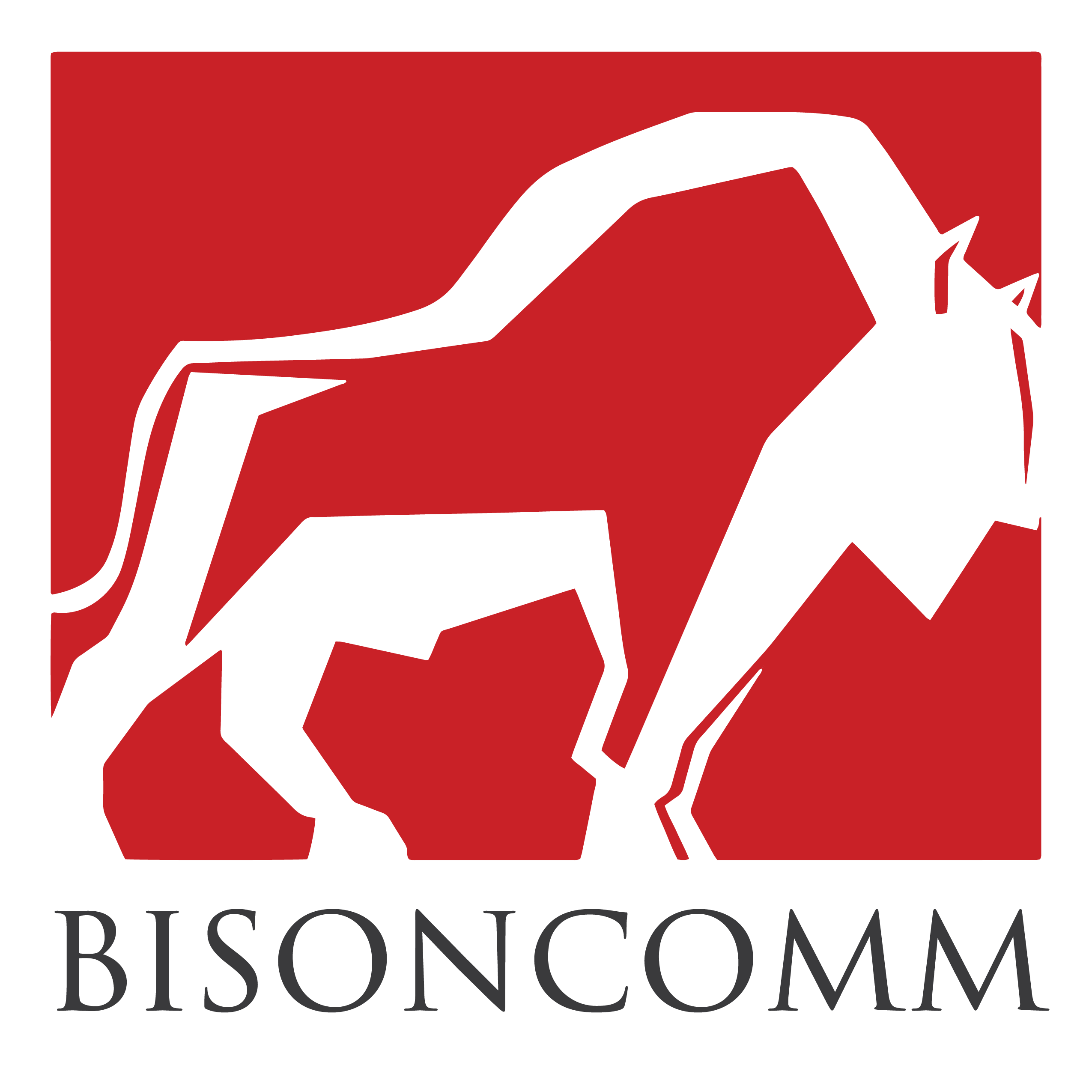In today’s digital age, digital marketing has become an essential part of any successful business strategy. It involves the use of digital technologies to promote a brand or product to a target audience. Compared to traditional marketing methods such as print ads or billboards, digital marketing can reach a larger number of people in a more targeted way, and it often provides a higher return on investment (ROI). Let’s explore what digital marketing is, how it can reach more people than traditional marketing, provide statistics on ROI, and explore some examples on how retail businesses can implement a digital marketing strategy.
What is Digital Marketing?
Digital marketing is a strategy used to promote a business, product, or service through digital channels such as search engines, social media, email, and mobile apps. Digital marketing encompasses a range of tactics, including search engine optimization (SEO), pay-per-click (PPC) advertising, social media marketing, email marketing, content marketing, and mobile marketing. The goal of digital marketing is to reach and engage with a target audience in a meaningful way to drive conversions, build brand awareness, and increase revenue.
How Digital Marketing Can Reach More People than Traditional Marketing?
One of the primary advantages of digital marketing is that it can reach a larger number of people than traditional marketing methods. The use of digital channels enables businesses to connect with a global audience at a fraction of the cost of traditional advertising. Additionally, digital marketing offers a level of targeting that is not possible with traditional marketing. Digital marketing platforms use data to target specific demographics, interests, and behaviors to ensure that the message reaches the right people at the right time.
For example, suppose a retailer wants to promote a new line of athletic wear. In that case, digital marketing channels such as Facebook and Instagram can be used to target individuals who have shown an interest in fitness and healthy lifestyles. By targeting this audience, the retailer can ensure that the message is delivered to those who are most likely to be interested in the product, which increases the likelihood of conversion.
Statistics about ROI
One of the biggest advantages of digital marketing is the ability to measure ROI. Traditional marketing methods often lack the ability to track results accurately, making it challenging to determine the effectiveness of a campaign. Digital marketing, on the other hand, provides detailed metrics that allow businesses to measure the success of their campaigns and make data-driven decisions.
Key Steps for Implementing a Digital Marketing Strategy for Retail Businesses
Retail businesses can benefit greatly from implementing a digital marketing strategy. Here are some examples of how retail businesses can use digital marketing to reach their target audience and increase revenue:
Develop a Mobile-Friendly Website
In today’s mobile-driven world, it is essential for retail businesses to have a mobile-friendly website. Many consumers use their smartphones and tablets to shop online, and a website that is not optimized for mobile devices can result in a poor user experience. A mobile-friendly website should be easy to navigate, load quickly, and have a responsive design that adapts to different screen sizes.
Use Social Media to Connect with Customers
Social media platforms such as Facebook, Twitter, and Instagram provide a powerful way for retail businesses to connect with customers. By creating engaging content and interacting with followers, retail businesses can build brand awareness and drive traffic to their website. Social media also provides a way to target specific demographics, interests, and behaviors to ensure that the message reaches the right people at the right time.
Reach More People
One of the most significant advantages of digital marketing is its ability to reach a larger audience than traditional marketing methods. Through digital channels such as search engines, social media, email, and mobile apps, retail businesses can connect with a global audience at a fraction of the cost of traditional advertising.
Ability to Target Specific Demographics
Digital marketing offers a level of targeting that is not possible with traditional marketing. Digital marketing platforms use data to target specific demographics, interests, and behaviors to ensure that the message reaches the right people at the right time. By targeting a specific audience, retail businesses can increase the likelihood of conversion.
Measure ROI
Another significant advantage of digital marketing is its ability to measure ROI accurately. Traditional marketing methods often lack the ability to track results, making it challenging to determine the effectiveness of a campaign. Digital marketing, on the other hand, provides detailed metrics that allow businesses to measure the success of their campaigns and make data-driven decisions.
Email Marketing has an average ROI of 3800%, meaning that for every $1 spent on email marketing, businesses can expect an average return of $38.
PPC Advertising can generate an average ROI of 200%, meaning that for every $1 spent on PPC ads, businesses can expect an average return of $2.
Social Media Marketing has an average ROI of 25%, meaning that for every $1 spent on social media marketing, businesses can expect an average return of $0.25.
Content marketing generates three times as many leads as traditional outbound marketing methods but costs 62% less.
Companies that use Marketing Automation to nurture prospects experience a 451% increase in qualified leads.
Implement Email Marketing
Email marketing is an effective way to reach customers and build brand loyalty. By sending personalized emails that offer promotions, discounts, and other incentives, retail businesses can encourage repeat purchases and drive revenue. Email marketing also provides a way to measure the success of campaigns and make data-driven decisions.
Use PPC Advertising
Pay-per-click (PPC) advertising provides a way to target specific keywords and phrases that are relevant to your business. By bidding on these keywords, retail businesses can ensure that their ads appear at the top of search engine results pages, which increases the likelihood of conversion. PPC advertising also provides a way to measure the success of campaigns and make data-driven decisions.
Implement Content Marketing
Content marketing involves creating and sharing valuable content that is designed to attract and retain a target audience. By creating engaging blog posts, videos, and other types of content, retail businesses can build brand awareness, drive traffic to their website, and increase revenue. Content marketing also provides a way to target specific demographics, interests, and behaviors to ensure that the message reaches the right people at the right time.
Digital marketing is not a nice–to–have thing for your business, it is essential for retail businesses that want to reach more people, build brand awareness, and increase revenue. By implementing a successful digital marketing strategy that includes a mobile-friendly website, social media, email marketing, PPC advertising, and content marketing, retail businesses can connect with their target audience.




